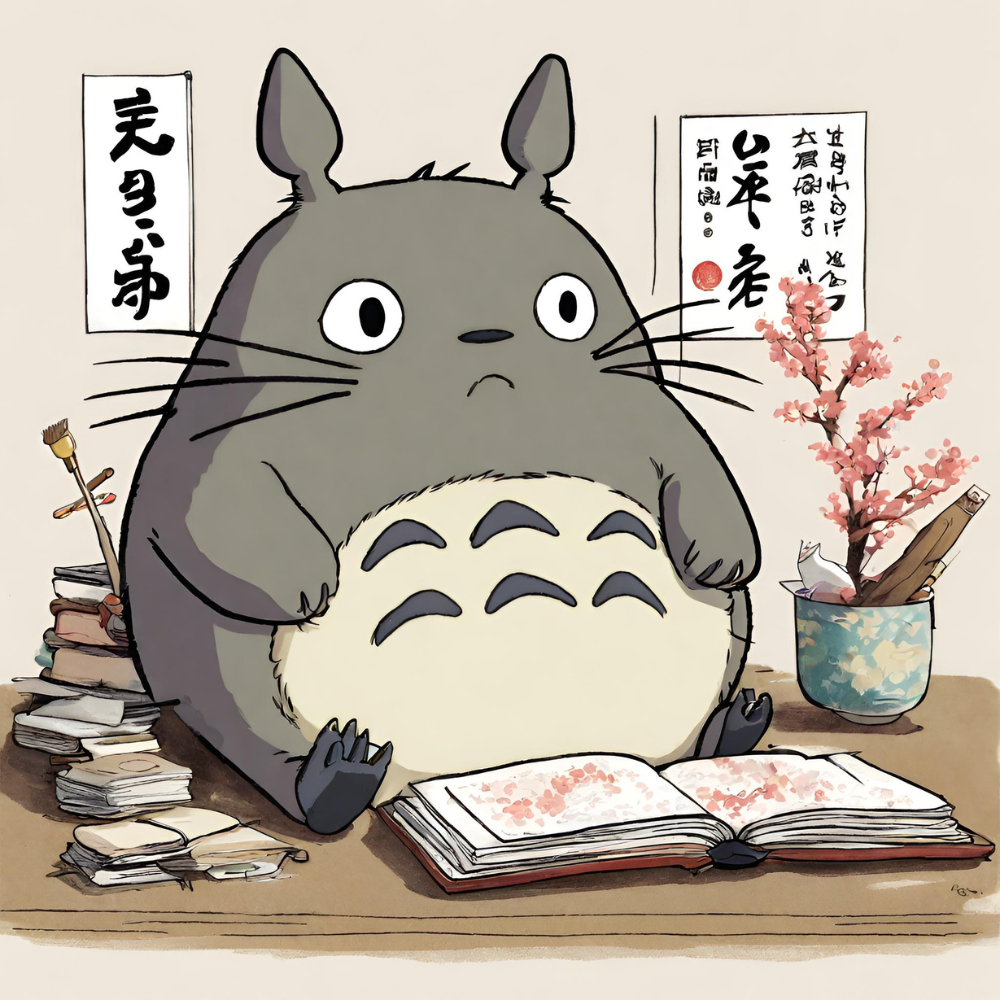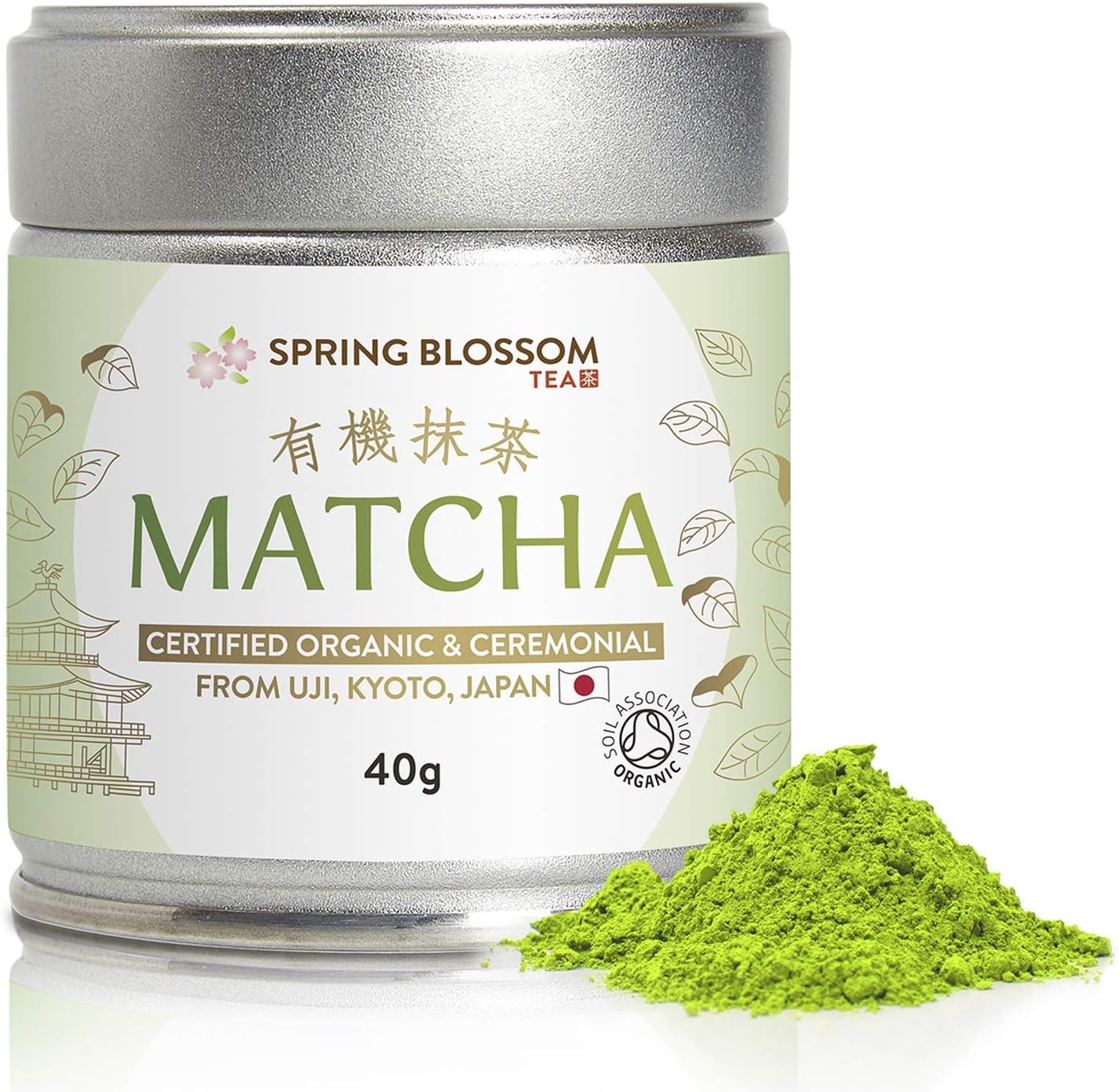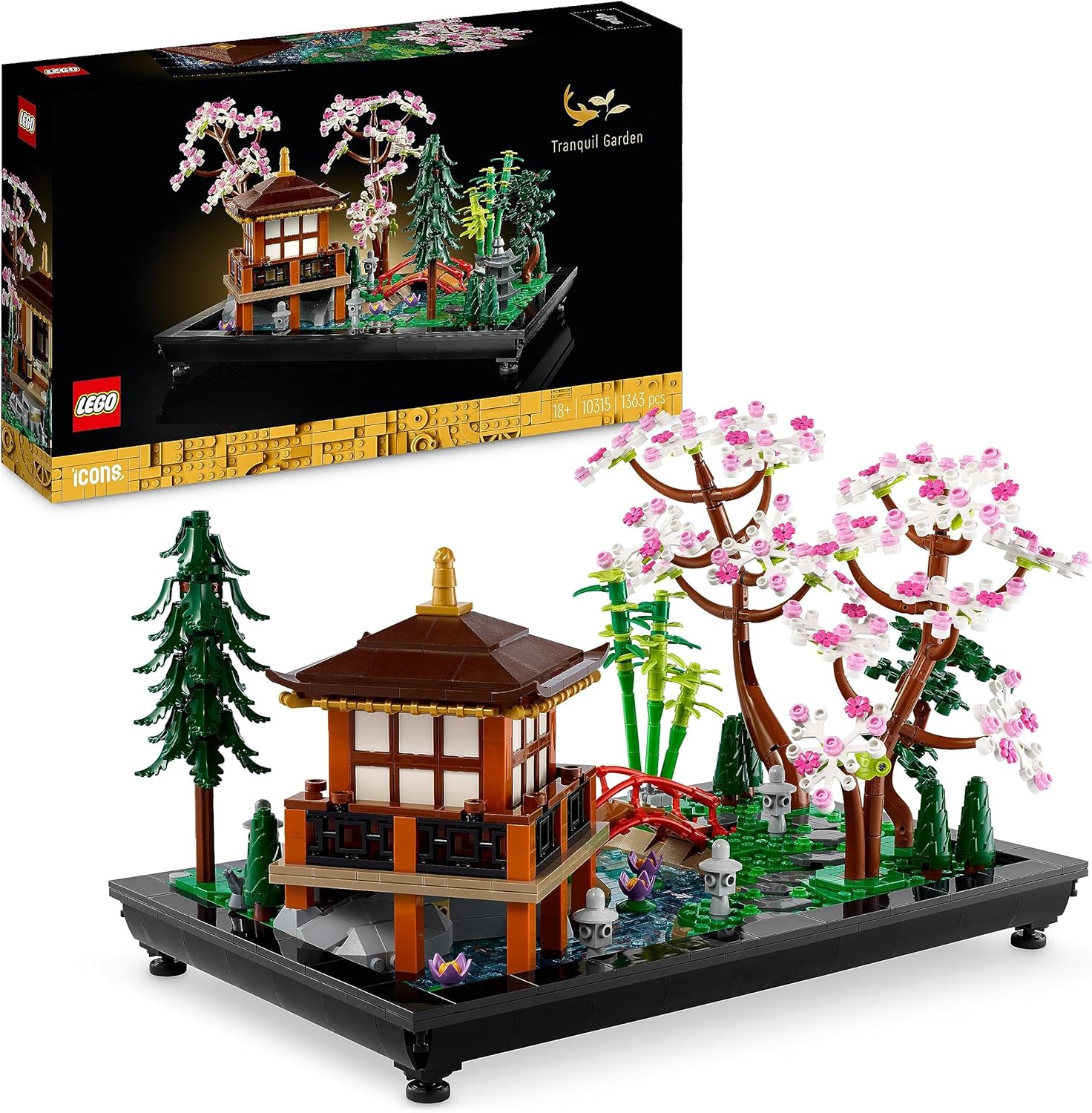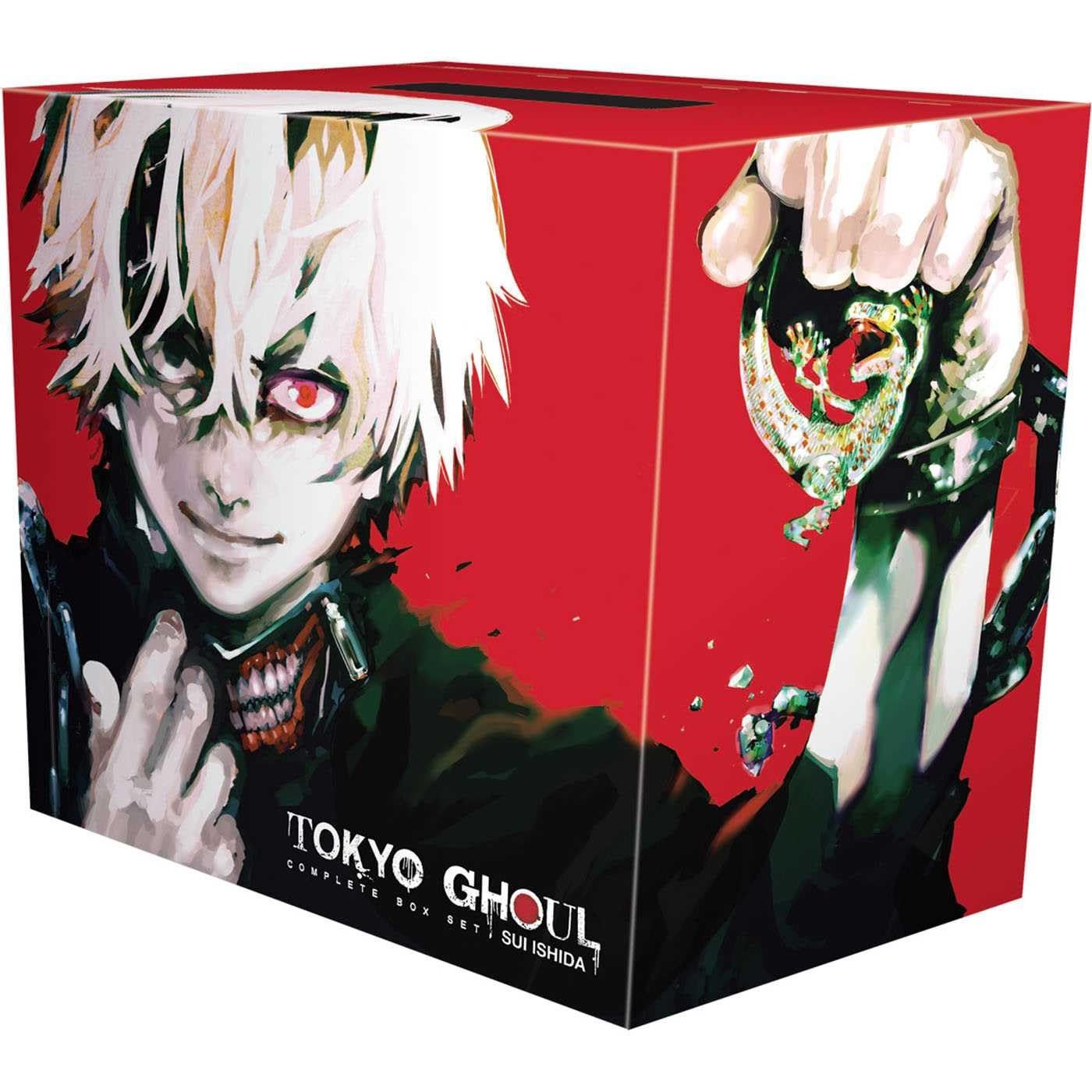Speaking Japanese with Studio Ghibli Flair: How to Express Emotion Like Miyazaki Character
Posted on: 2024-12-30 | at: 06:09:15
Introduction
Studio Ghibli films have captivated audiences around the world, not only through their enchanting animation but also through the emotional depth of their characters. Hayao Miyazaki, the mastermind behind many of these timeless stories, excels in creating animated personalities that resonate deeply with our human experiences.
This article aims to enrich your Japanese language skills by learning how to express emotions through the colorful lens of Ghibli characters. Let’s embark on this magical journey together!
Understanding Japanese Emotional Expressions
Mastering the art of emotion in Japanese is a complex task. It’s not just about the words; it’s also understanding the context, tone, and non-verbal cues. Here’s a quick guide to some basic emotion-related vocabulary to get you started:
- Happiness (幸せ – Shiawase)
- Sadness (悲しみ – Kanashimi)
- Anger (怒り – Ikari)
- Surprise (驚き – Odoroki)
- Passion (情熱 – Jounetsu)
Totoro’s Guide to Happiness and Excitement
When it comes to expressing happiness and joy, think of the iconic, fluffy Totoro. The expression “うれしいです!(Ureshii desu!)” is your go-to for conveying happiness. To emulate Totoro’s spirit, use phrases filled with exuberance such as “わくわくしています!(Wakuwaku shite imasu!)” to express excitement.
Spirited Away to Sadness and Nostalgia
“Spirited Away” provides a rich tapestry of characters who portray sadness with poignant beauty. To express sentiment akin to Chihiro’s, use vocabulary like “寂しい (Sabishii)” for loneliness or “切ない (Setsunai)” for a feeling of heartache. These expressions are gateways into discussing more melancholic feelings in Japanese.
Howl’s Moving Castle of Anger and Frustration
Navigating emotions like anger and frustration is vividly depicted by the dynamic characters of “Howl’s Moving Castle.” If you find yourself in a situation akin to Sophie’s frustrations, try saying “イライラする (Iraira suru)” or firmly state “怒っています (Okotte imasu)” to communicate your feelings.
Kiki’s Delivery Service for Surprise and Wonder
Like Kiki experiencing the wonders of her own personal growth, express surprise and amazement with exclamatory sentences such as “びっくりした!(Bikkuri shita!)” or ask questions that reflect your astonishment – “本当に?(Hontou ni?)”.
Princess Mononoke’s Passion and Conviction
To articulate strong beliefs and passions similar to Ashitaka and San from “Princess Mononoke,” using expressive language is key. Stand your ground with conviction by asserting, “信じています (Shinjite imasu)” or challenge others with “どうして? (Doushite?)” to spark meaningful debate.
My Neighbor the Yamadas’ Family Dynamics
The familial love and complexity in “My Neighbor the Yamadas” can teach us how to express emotions within family dynamics. Phrases like “ごめんなさい (Gomen nasai)” for apology, “愛してるよ (Aishiteru yo)” for expressing love, and “許してね (Yurushite ne)” for forgiveness capture the essence of family relations in Japanese.
Putting It All Together
Combine the vocabulary and expressions we’ve explored to fully convey emotions in Japanese. Practice through role-playing scenarios inspired by Ghibli movies, and watch yourself become more fluent in emotional dialogue!
Conclusion
Your journey in expressing emotions in Japanese doesn’t end here. Keep practicing, and remember, embracing the Miyazaki flair can deeply enrich your understanding of both the language and the culture. Let your conversation be as lively and heartfelt as a scene from your favorite Studio Ghibli film!


